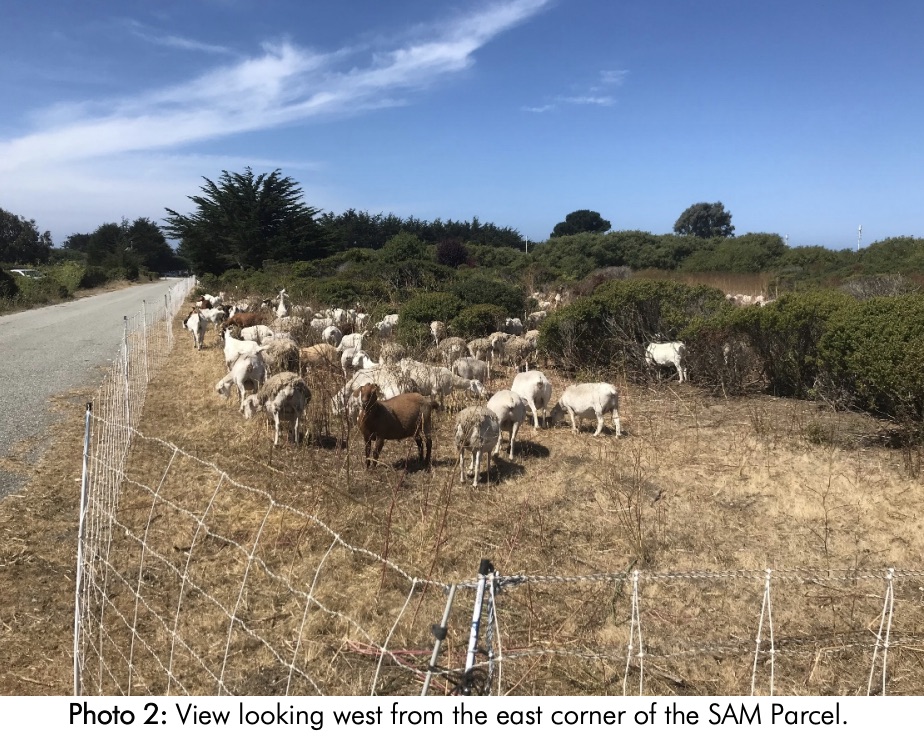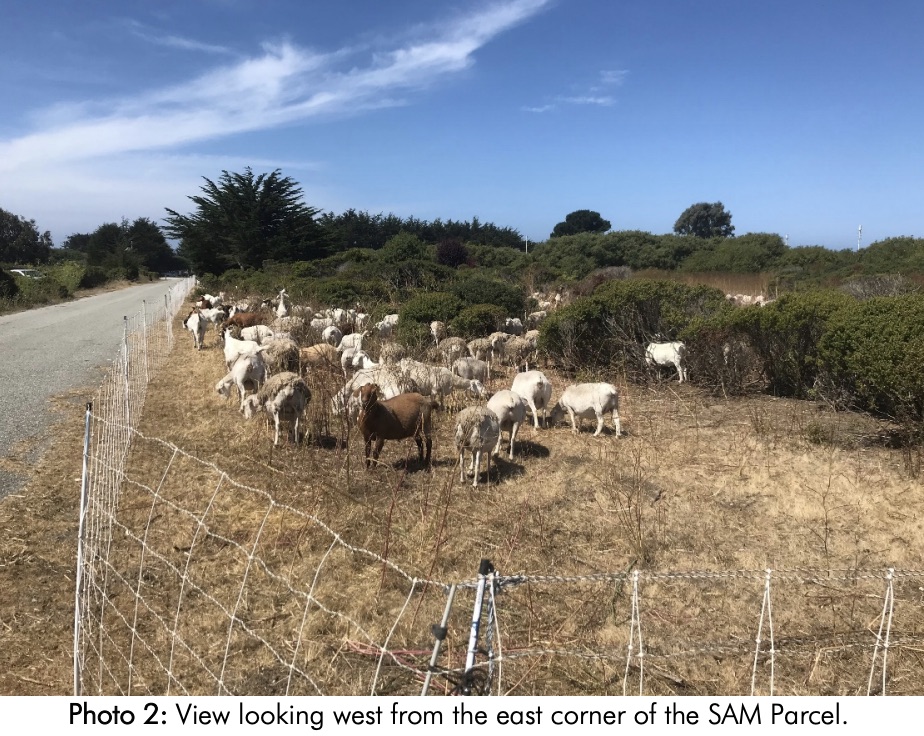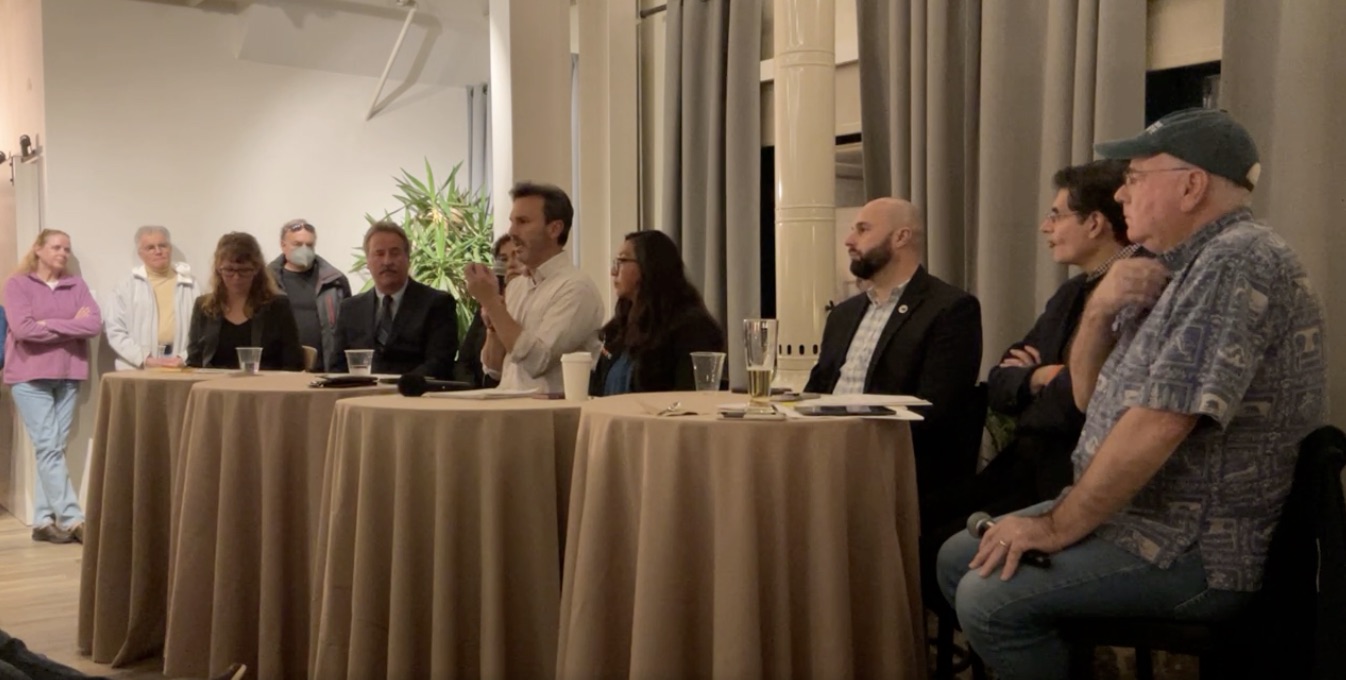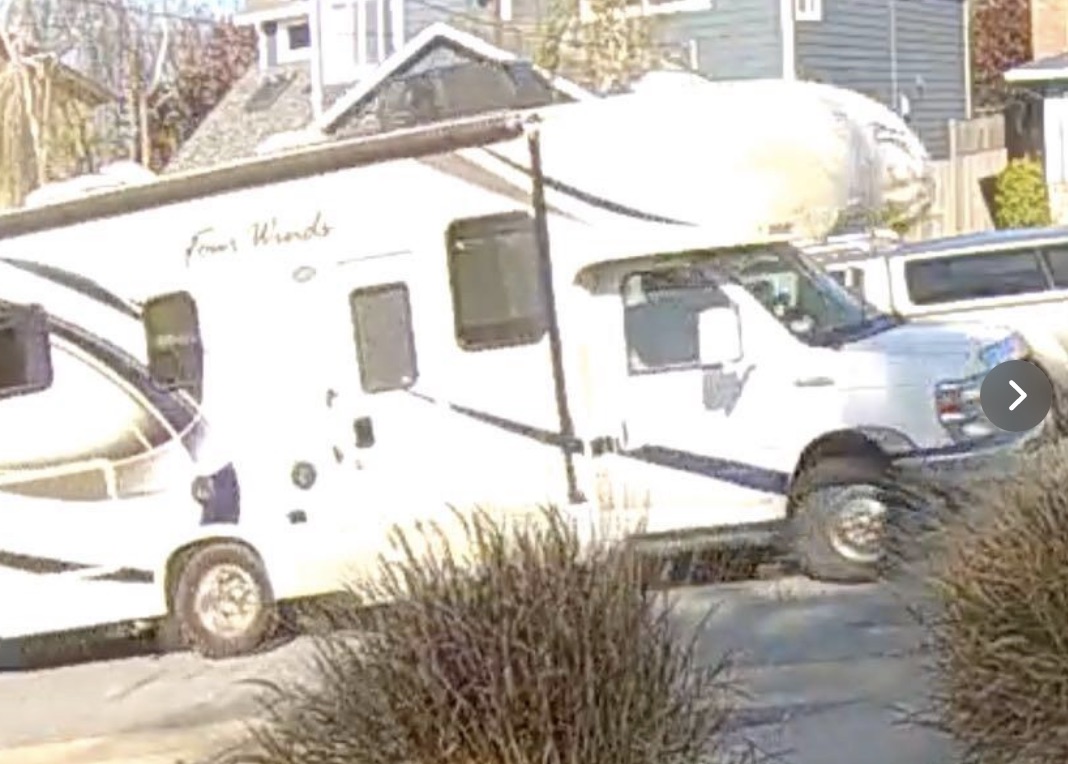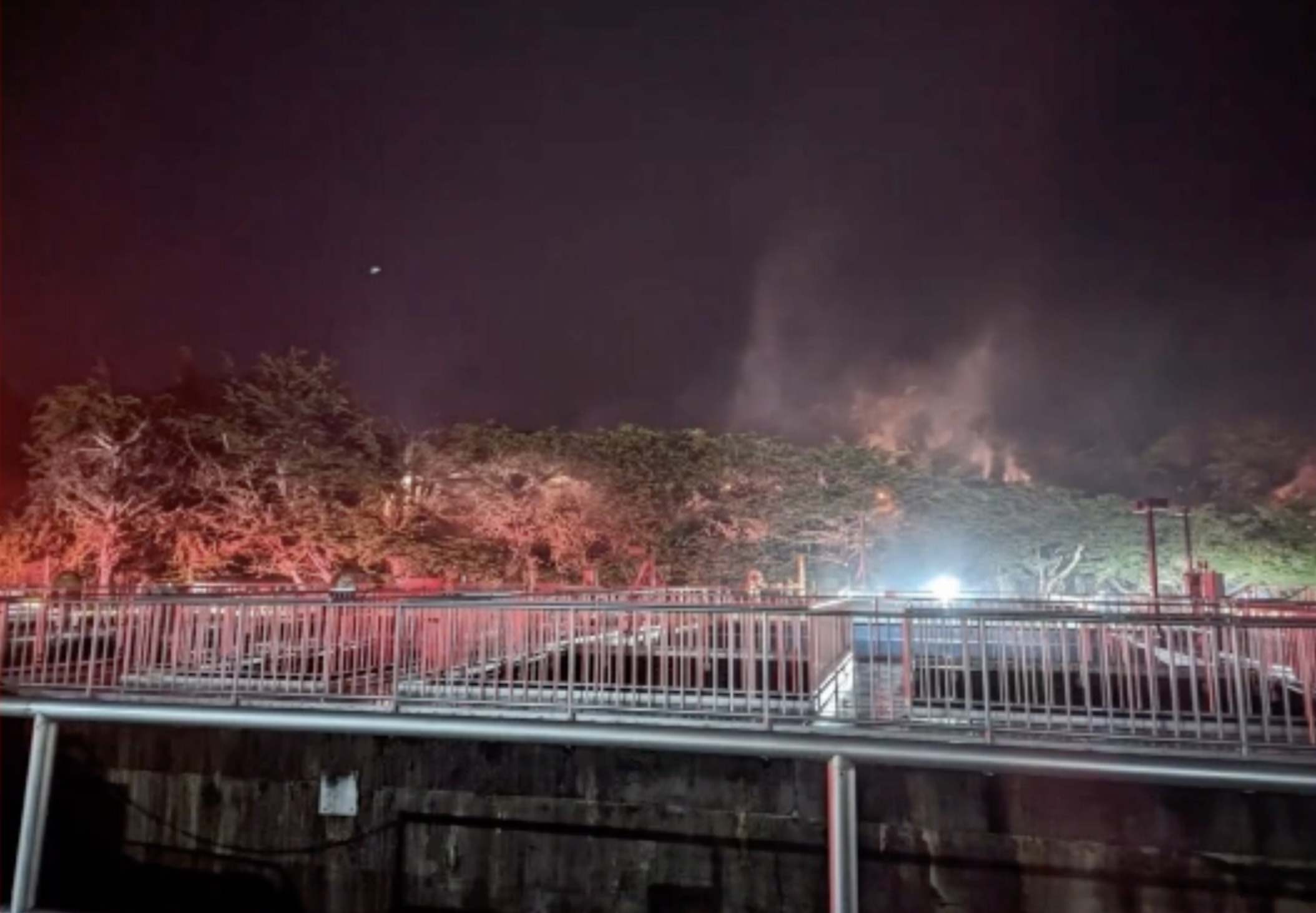|
Getting your Trinity Audio player ready...
|
PHOTO-ESSAY.
SAM 10/2/2020 Goat Fire Super Heroes Presentation
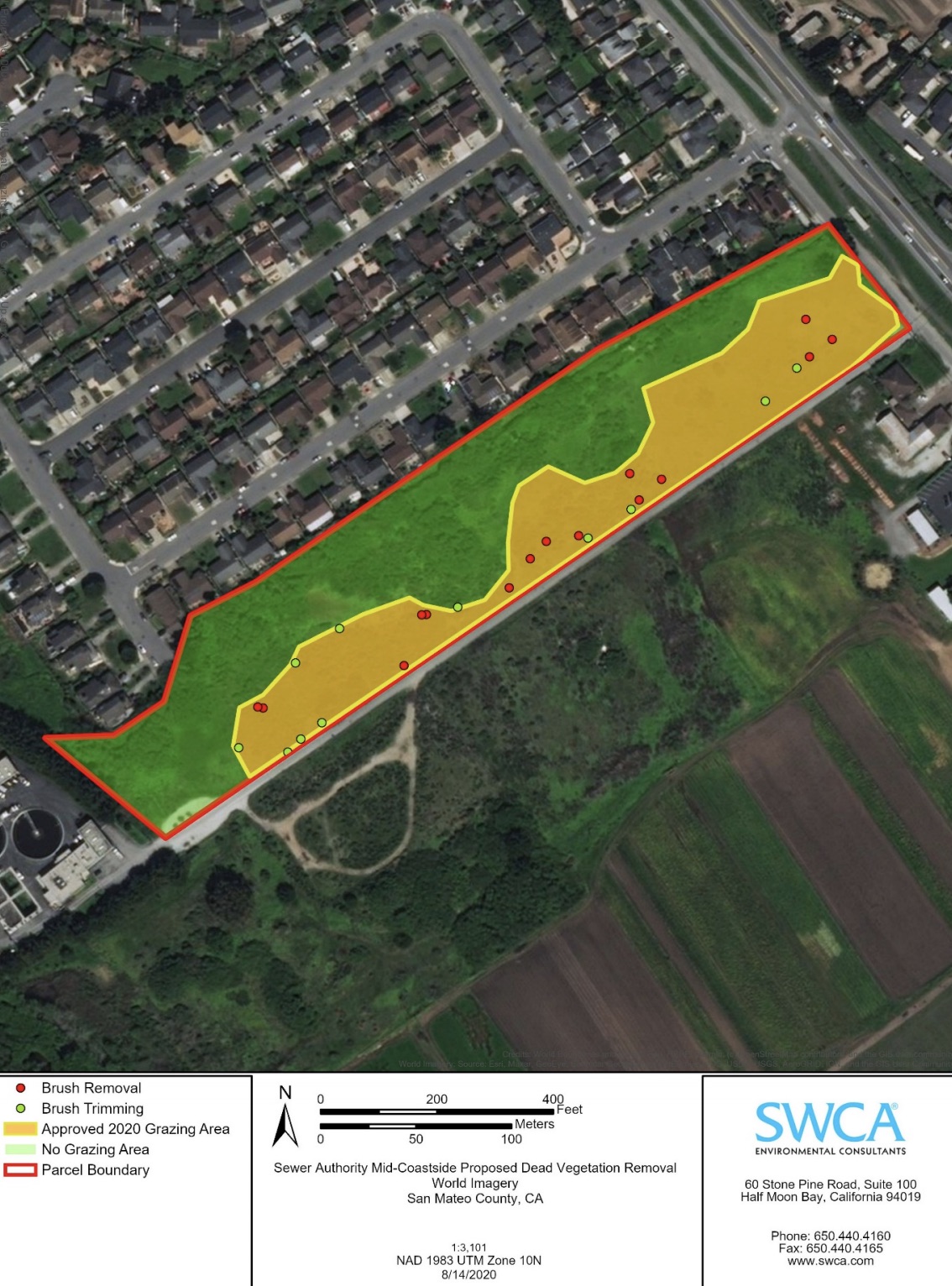
Background.
The Sewer Authority Mid-Coastside (SAM) is proposing a vegetation management program (Program) for parcel (APN 048‐240‐040), located on Bev Cunha’s Country Road, within the City of Half Moon Bay. (Figure 1, Location Map)
The parcel is undeveloped and is adjacent to a fully developed residential subdivision. The Program is required by the Coastside Fire Protection District to reduce the fire threat to the adjacent residential properties. The Program, as originally proposed, included two primary components:
1) The extensive use of mechanized equipment including mulching mowers, weed‐eaters, chainsaws and other hand‐held equipment; and
2) Goat grazing as an option. Due to the extensive use of mechanized equipment and proximity to designated environmentally sensitive habitat area (ESHA) it was determined that a Coastal Development Permit (CDP) would be required.
The City of Half Moon Bay (City) is the designated entity responsible for processing CDP applications for projects within the City boundary. At the City’s direction H.T. Harvey and Associates prepared a biological assessment of the Program (Sewer Authority Mid‐Coastside Parcel Coastal Resource Conservation Biological Report).
The report was circulated, by the City of Half Moon Bay, for review by resource agencies and the California Coastal Commission. Based on comments, the report was revised. The revised edition is dated July 22, 2015. The report concluded that the Program, with the implementation of appropriate avoidance and mitigation measures would not cause significant impacts to biological resources. However, the use of mechanized equipment was determined to be the primary cause of potential impacts and the need for mitigation measures. Consequently, SAM has modified the Program to rely entirely on grazing.
This approach is less environmentally intrusive, reduces potential adverse impacts substantially and is expected to result in beneficial effects by removal of nonnative invasive plant species that have degraded the habitat potential of native plant communities. The revised Program incorporates resource avoidance measures and monitoring and reporting requirements that allow the Program to adapt to changing baseline conditions, over time, based on scientific evidence.
Project Description
The vegetation management activities will be undertaken on a portion of the approximately 9.5 acre undeveloped parcel. The area subject to vegetation management will typically be less than half of the parcel. Vegetation management activities will not be conducted within the Kehoe Watercourse or a 50‐foot buffer zone measured from the edge of riparian vegetation.
The Program will be limited to a few weeks, during the dry season (June 15 through October 31) when potential impacts will be minimized to the greatest extent. The Kehoe Watercourse and the isolated single, parameter, seasonal wetlands on the upland portions of the site are typically dry in the summer months and the potential for the California Red Legged Frogs (CRLF) and San Francisco Garter Snakes (SFGS) to utilize the site for foraging or dispersal activities has been determined to be low when water is not present.
The grazing area and duration may vary from year to year, depending on changing site conditions. A qualified biologist will determine the appropriate parameters, annually, prior to commencement of grazing. Goats and in some cases a mix of goats and sheep will be brought to the site and allowed to graze in fenced areas, that will optimize fire risk reduction, removal of non‐native invasive plants and protection of environmentally sensitive areas.
Mechanized equipment and pesticides will not be used. Goats will be monitored and herded to different areas to ensure that they do not overgraze vegetation. Temporary fencing that provides a mild electrical shock will be used to prevent goats from entering environmentally sensitive areas. Typical fencing consists of one to three strands of wire, mounted to posts, high enough to stop goats and similarly sized mammals. Smaller mammals and other species may pass under the wires freely. The electrical current is limited to a level that ensures that the shock will not injure or kill. It is a safe, proven, well established tool for controlling animal movements by establishing a psychological barrier through conditioned response.
Additionally, amphibian and reptile exclusionary fencing may be used if determined to be appropriate by a qualified biologist, to prevent these species from entering the grazing area. A qualified biologist will perform a daytime survey, prior to commencement of vegetation management activities and mark environmentally sensitive areas where grazing will not be allowed; or, will be subject to limitations including daily monitoring. Additionally, the biologist will report baseline conditions and recommendations to improve the project annually to SAM and the City of Half Moon Bay.


